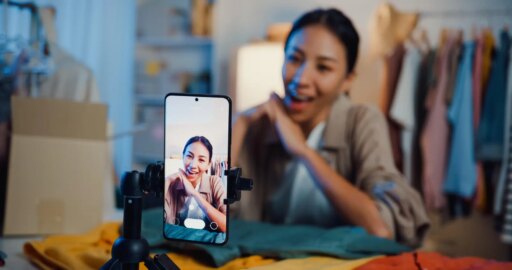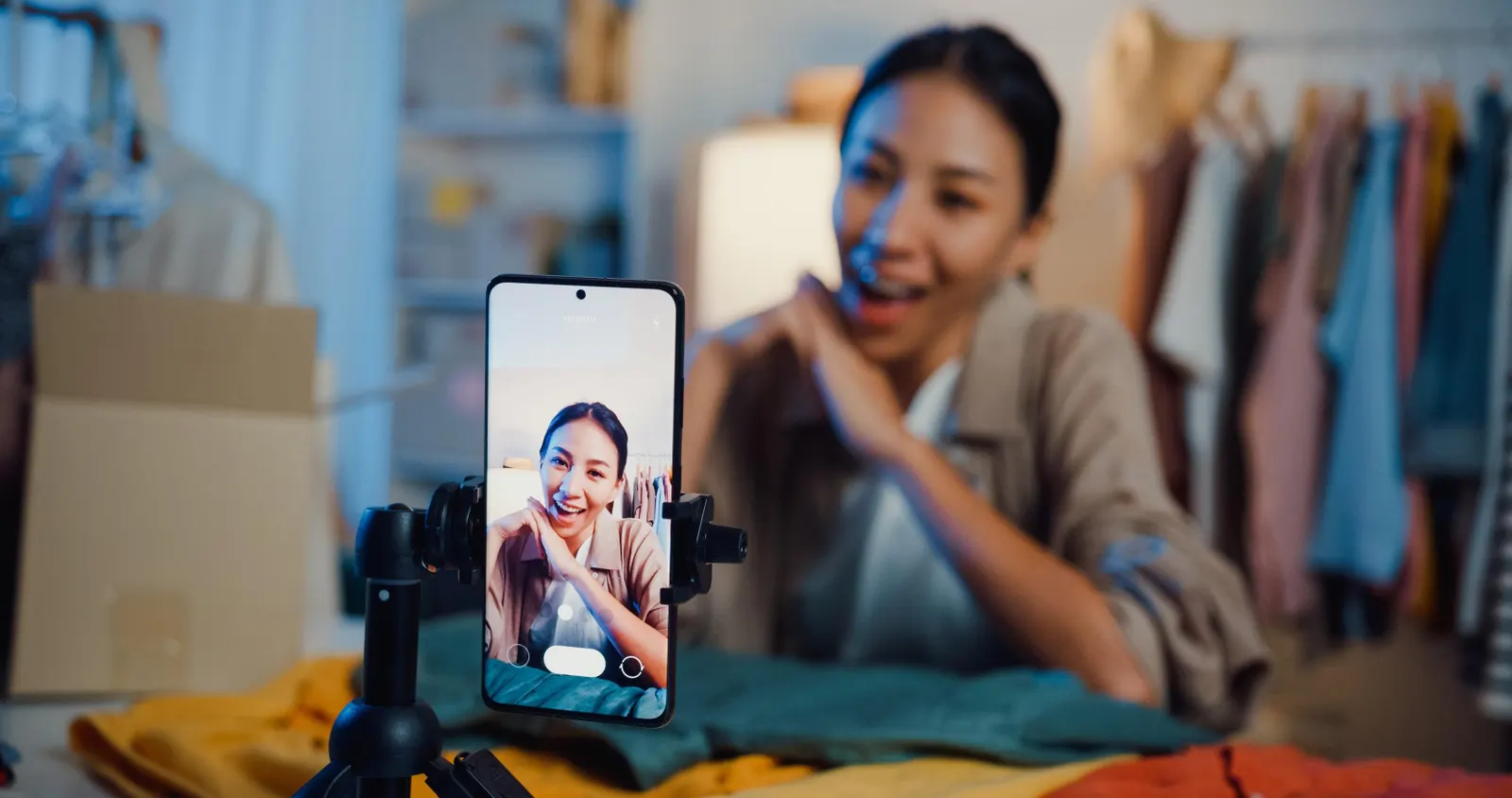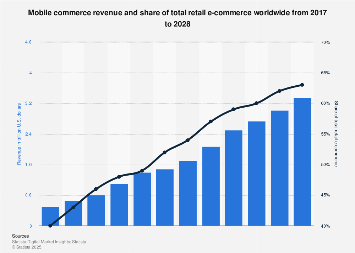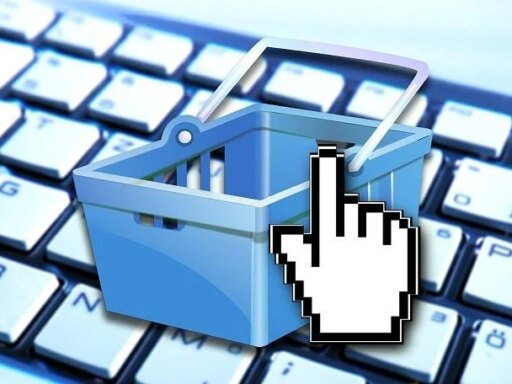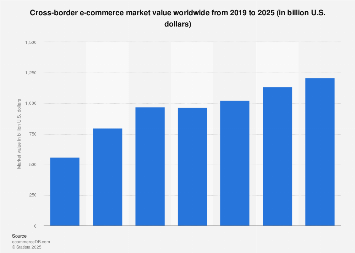By Waleed Najam, CEO NEO Innovations, e-commerce marketer with over 10 years of business experience in digital marketing and e-commerce.
I still remember the 1980s and ’90s when TV shopping networks like QVC and HSN transformed how people shopped. Charismatic hosts, real-time phone calls and limited-time offers made shopping feel exciting. Millions of people, including my own family, bought products without ever leaving the couch.
Fast-forward to today, and that same concept is making a huge comeback—but with a digital twist. Social media, influencers and advanced personalization are driving live commerce forward, turning online shopping into a dynamic, two-way conversation. Platforms like TikTok, Instagram and Amazon Live are leading the charge, creating a human, engaging experience for brands and consumers alike.
And it’s not just hype. Forecasts show that by 2026, sales from live online shopping will grow by 36%, accounting for over 5% of all e-commerce sales in North America. With 2025 set to be a tipping point, it’s clear that live commerce is here to stay. For businesses, this is a golden opportunity to connect, engage and sell like never before.
Choosing Platforms
Live commerce is thriving because platforms have found a way to blend video, social connection and instant shopping into one seamless experience. Here’s what’s driving the momentum and how each platform stands out:
1. TikTok Live Shopping
With 70% of its users between the ages of 18 and 34, I find TikTok essential to targeting Gen-Z. The app is already influencing how we discover products, but TikTok Live Shopping is making it so brands and influencers can even more directly host live streams, showcase products in real-time, respond to viewers’ questions and drop exclusive offers.
What I find sets TikTok apart is its ability to target younger generations who crave authenticity and connection. Toward this, live streams on TikTok feel casual, real and relatable. Whether it’s a skincare demo, a trending fashion haul or a gadget review, the platform’s algorithm ensures the right audience sees the content, driving impulse purchases.
2. Instagram Live Shopping
Instagram has long been a go-to platform for fashion, beauty and lifestyle, so it’s no surprise that Instagram Live Shopping thrives here. Brands and influencers can tag products during live streams, letting viewers browse and buy instantly without leaving the app.
Instagram also excels at personalization. Tools like live polls, Q&A stickers and countdowns allow brands to engage their audience directly. A host might ask, “Should I try the red lipstick or the nude shade next?” making viewers feel involved and heard. This interaction makes shopping feel personal and exciting, increasing the likelihood of sales.
3. Amazon Live
Amazon has brought live commerce to its massive e-commerce ecosystem with Amazon Live. It feels like a modern-day QVC, but smarter and more convenient. Brands and influencers host live product demos, highlight features and interact with viewers, all while shoppers can click and purchase instantly.
What makes Amazon Live so powerful is its seamless integration. Reviews, recommendations and trusted shipping make it an easy choice for shoppers ready to buy. For brands, Amazon Live is a direct path to conversions, especially for high-demand products.
4. YouTube Live Shopping
YouTube’s strength lies in its long-form content, and YouTube Live Shopping plays to this strength. Brands use live streams to host tutorials, unboxings, product demos and Q&As. This platform is perfect for tech gadgets, beauty products or appliances where buyers need more information before making a decision.
Viewers can ask questions, see products in action and click on embedded links to purchase, creating an interactive and seamless experience. For businesses selling higher-ticket items, I find that YouTube’s transparency and depth help build trust and confidence among customers.
5. Facebook Live Shopping
Facebook Live Shopping focuses on building community while driving sales. Small businesses, in particular, use it to showcase products, interact directly with their audience and make lasting connections.
As alluded to with its use by small businesses, Facebook’s strength lies in its targeting capabilities, which allow brands to reach specific audiences with tailored content. Plus, with around 20% of U.S. consumers starting their shopping searches on Facebook, it’s a solid platform for driving discovery and conversions.
The Power Of Live Commerce
Live commerce stands out because it combines two key elements: personalization and trust.
1. Trusted Influencers
Influencers are the new hosts of live shopping. They build trust with their followers by sharing honest recommendations and creating content that feels natural and relatable.
Why it works: People trust the influencers they follow. Seeing a trusted creator try on an outfit, test a beauty product or explain a gadget feels like getting advice from a friend, not a salesperson.
Real-time engagement: Viewers can ask questions like, “What size are you wearing?” or “Does this work for sensitive skin?” and get answers instantly, removing hesitation and building confidence to buy.
2. Personalization And Real-Time Engagement
The beauty of live commerce lies in its interactivity and personalization. Whether it’s exclusive “live-only” discounts, audience polls or AI-driven product suggestions, viewers feel like the experience is tailored to them.
For example, a clothing brand might offer a 10% discount for viewers who purchase during the live stream. And when interacting, a host can ask the audience something like “Which outfit should I try on next?”—making viewers part of the experience.
Moreover, AI-powered tools can recommend products based on viewers’ preferences, ensuring every stream feels personalized.
Live Commerce In 2025
As live commerce continues to dominate e-commerce, here is how I see it continuing to improve:
• Stronger influencer partnerships. Brands will lean on influencers and micro-influencers to build trust and connect with niche, highly engaged audiences.
• Improved technology. Expect AI-powered tools, interactive features and augmented reality (AR) try-ons to make live streams more dynamic and personalized.
• Seamless transactions. Platforms will refine live shopping tools, enabling one-click purchases directly during streams.
• Global expansion. Multilingual live streams will allow brands to reach international audiences.
As we approach 2025, I only see live commerce continuing to grow. Brands that embrace this dynamic strategy now can lead the charge into the future of digital shopping.
Forbes Business Council is the foremost growth and networking organization for business owners and leaders. Do I qualify?


